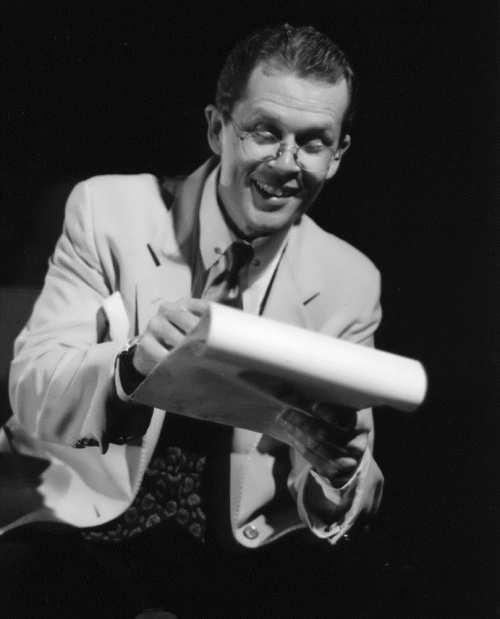Walker the Witch and the Stripped Flying Saurce
It all began one night when a witch flew by my window. Yes, it was a witch. She was old and ugly and she had a big black hat on.
«Hello, Walker,” cried the witch.
“Hello,» I said.
“Do you want to see a flying saucer?”
“Which flying saucer?» I asked, “The big flying saucer with the stripes,” she cried. “Just like your pyjamas.”
“Just like my pyjamas? Where is it?” I asked.
“It’s in the middle of the field, just behind your house,” she cried and flew away.
I couldn’t believe that a flying saucer could have the same stripes as my pyjamas, so I got up, put on my shoes and went out.
More »






